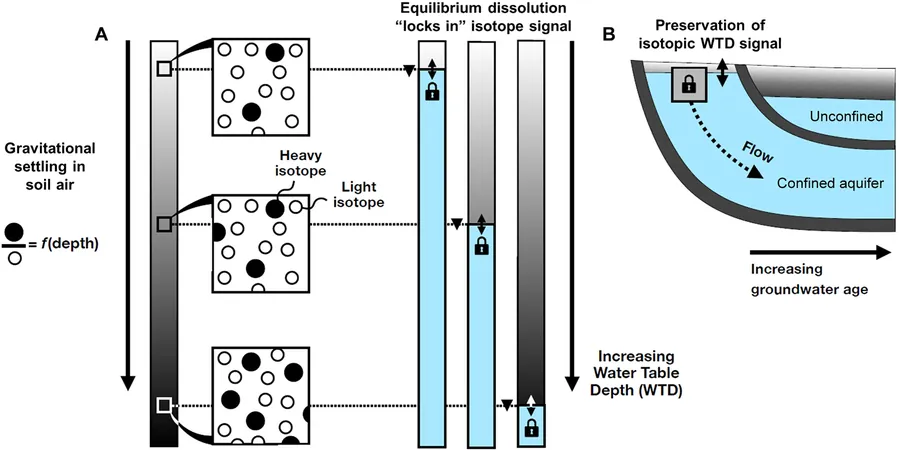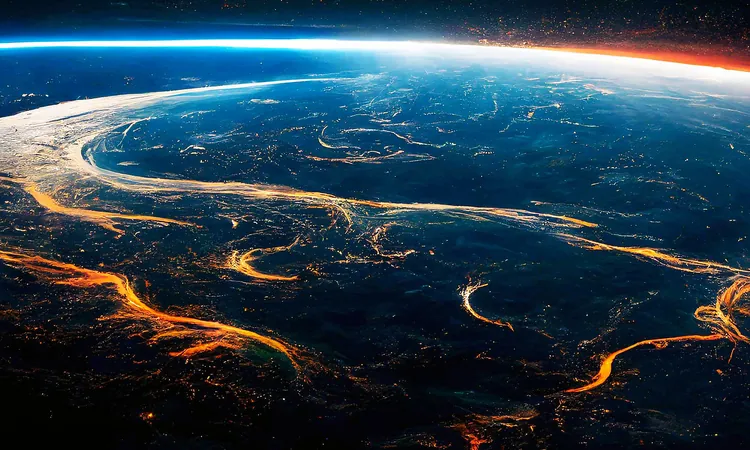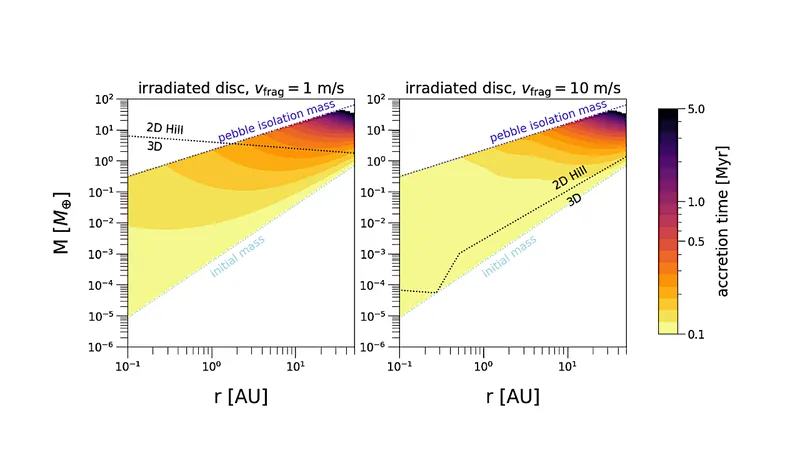
Ancient Groundwater Secrets Uncover Alarming Climate Change Vulnerabilities
2025-06-18
Author: John Tan
Have you ever wondered how ancient climate events shape our present water resources? A fascinating new study published in *Science Advances* reveals shocking insights into groundwater dynamics during the last ice age, shedding light on the future of our planet's freshwater supply.
During that icy era, the now-parched Southwestern U.S. experienced torrential storms, while the typically rainy Pacific Northwest remained surprisingly dry. But as global temperatures soared and ice sheets began to melt, these storm patterns flipped, reconfiguring the climate we know today.
What researchers have uncovered is alarming: groundwater levels in these two regions reacted very differently to these dramatic climate changes. While the Pacific Northwest maintained stable water tables despite increased rainfall, the Southwest faced staggering groundwater depletion.
A Warning for Southwestern Aquifers
This research indicates that the aquifers in the Southwestern U.S.—vital sources of water for millions—are at a greater risk of future climate impacts. Alan Seltzer, an associate scientist at the Woods Hole Oceanographic Institution (WHOI) and lead author of the paper, points out, "Climate models predict the Southwestern region may become drier while the Pacific Northwest could actually get wetter by century's end."
Unlocking the Past to Understand the Future
To unravel these mysteries, Seltzer and his team delved into ancient groundwater records from the Last Glacial Termination, a transformative period between 20,000 and 11,000 years ago characterized by warming and ice loss. The knowledge gained from this deep historical perspective is crucial for understanding how groundwater might respond to the shifts ahead.
Groundwater is Earth's largest source of usable freshwater—crucial for drinking, agriculture, and industry. But as climate change threatens millions of wells, understanding long-term groundwater responses is fundamental for sustainable future planning.
Innovative Techniques Reveal Hidden Depths
Modern records are often limited and skewed by human impact, making the team's use of fossil groundwater from 17 wells across Washington and Idaho a groundbreaking approach. They measured isotopes from noble gases like xenon and krypton to paint a vivid picture of past water conditions.
Remarkably, their findings revealed that groundwater levels in the Pacific Northwest remained stable throughout major climatic shifts, contrasting sharply with dramatic declines in Southern California's water tables during the same period.
A Blueprint for Future Water Management
By combining ancient data with cutting-edge Earth system models, Seltzer’s research not only highlights vulnerabilities in Southwestern aquifers but also provides a roadmap for tackling future water insecurity. Kris Karnauskas, a co-author and professor at CU Boulder, notes, "These insights can help guide research and adaptation strategies to counter heightened water crises globally."
Exploring the Heart of Earth
In a related study, Seltzer's team worked alongside the University of Manchester to analyze ancient groundwater in the Pacific Northwest. Utilizing innovative techniques, they uncovered geological insights that promise to deepen our understanding of the processes happening beneath our feet—even in regions that have seen no volcanic activity.
As humanity grapples with the implications of climate change on water resources, this groundbreaking research underscores the importance of historical data in informing our responses to future challenges. The clock is ticking, and understanding our planet’s past may just hold the key to securing its future.






 Brasil (PT)
Brasil (PT)
 Canada (EN)
Canada (EN)
 Chile (ES)
Chile (ES)
 Česko (CS)
Česko (CS)
 대한민국 (KO)
대한민국 (KO)
 España (ES)
España (ES)
 France (FR)
France (FR)
 Hong Kong (EN)
Hong Kong (EN)
 Italia (IT)
Italia (IT)
 日本 (JA)
日本 (JA)
 Magyarország (HU)
Magyarország (HU)
 Norge (NO)
Norge (NO)
 Polska (PL)
Polska (PL)
 Schweiz (DE)
Schweiz (DE)
 Singapore (EN)
Singapore (EN)
 Sverige (SV)
Sverige (SV)
 Suomi (FI)
Suomi (FI)
 Türkiye (TR)
Türkiye (TR)
 الإمارات العربية المتحدة (AR)
الإمارات العربية المتحدة (AR)